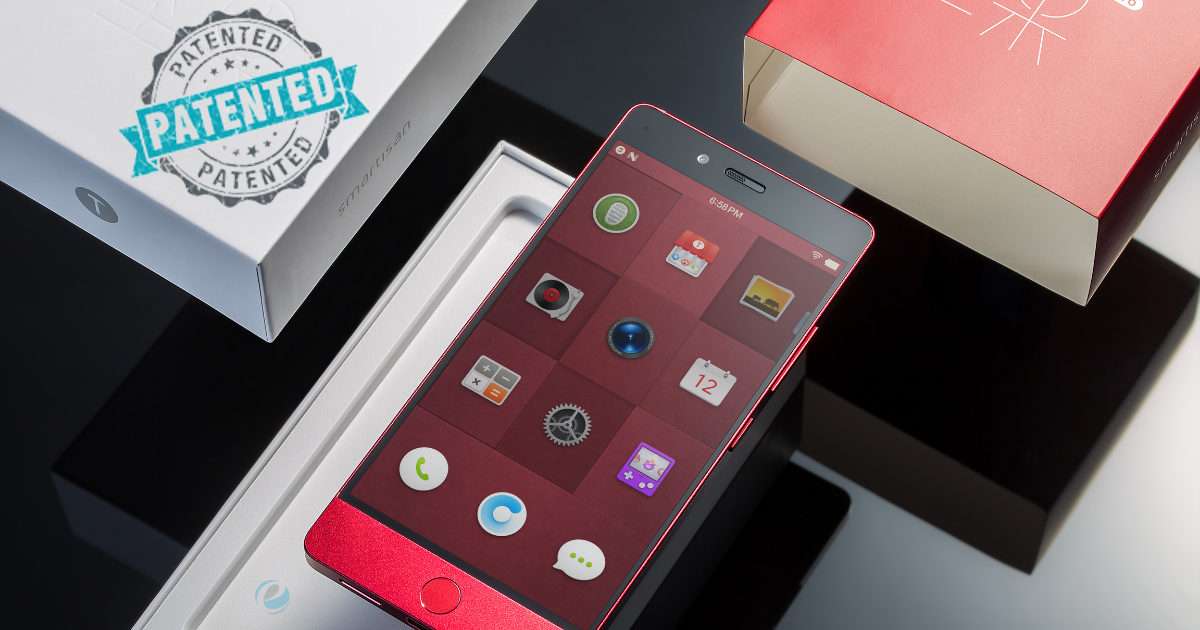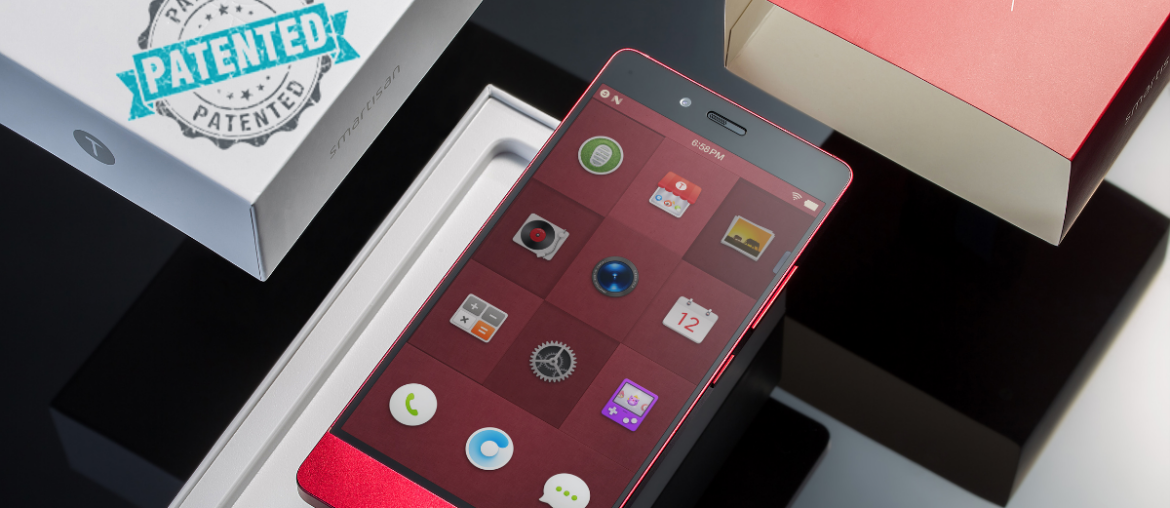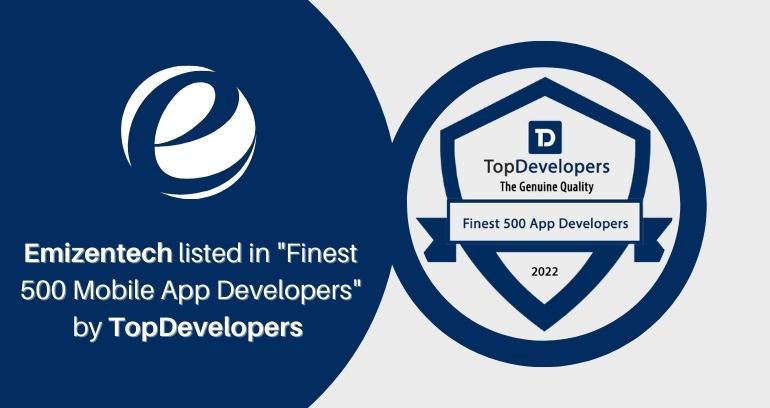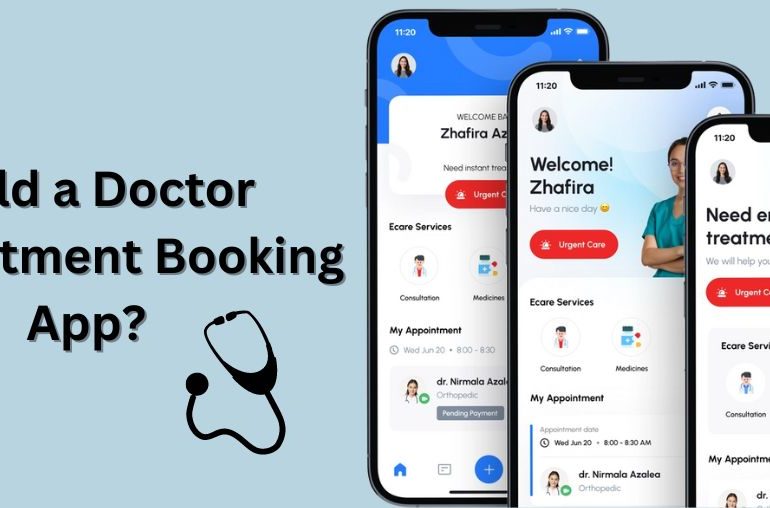Last Updated on June 13, 2022
Are you ready with an exceptional mobile app idea and simultaneously a little bit afraid if somebody may steal it and apply it before you could know? If yes, then there’s no need to fret anymore.

You can patent your mobile app idea or copyright or trademark it. This way, you can protect your app idea from getting stolen. Many startup owners and entrepreneurs have already patented their mobile app ideas to prevent others from copying your app idea.
Besides, you should be sure that your app idea is exclusive and new, else your hard work will just go to waste if it is similar to another app.
Today, we are here with a complete guide about how to patent an idea for an app? that will include every important detail essential.
Patenting A Mobile App Idea – What Does It Means
A patent is an intellectual property that safeguards your app ideas from non-consensual or illegal usage. Additionally, it restricts other individuals or companies from selling or changing it by considering you as the rightful owner of your app idea. Besides, patenting your mobile app will ensure that no one ruins your app idea or gets profits claiming credit in the wrong way for your whole app idea.
Why Patent An App Idea?
In the context of being your unique intellectual property, your app idea authorizes safety. Holding an official patent, you will clutch the right to get compensation from anyone who attempts to breach existing patent laws.
Following are the reasons that will show you why it’s vital to patent mobile app ideas.
- Legally, you can charge every clone of your introduced app before or in the lineup.
- Moreover, legally a patent proves the originality and uniqueness of your mobile app idea.
- No one can ruin your mobile app idea financially.
What Are Different Types Of Patent Applications?
| Provisional App | Non-Provisional App | |
|---|---|---|
| Expiration Time | After 12 months (Need to file non-provisional within a given time to make patent rights keep working) | Processed by the patent office only, and if no provisional is filed, it may become a patent. |
| Publish Time | Will be published and become patent only when non-provisional is filed. | Usually, it takes 18 months post-filing and may become a patent within 24-28 months. |
| Cost to File a Patent | Less Expensive | Expensive |
How To Know Your Mobile App Idea Is Patent Eligible?
In general, to determine the eligibility of mobile app patents, consider critical points below:
A Mobile App Idea Should Be New And Unique
If your app idea resolves an issue of the users, it doesn’t state that it’s eligible for the patent. Your app idea must be new. Simply, you should not reveal your app idea that hasn’t been made in a public format via books, articles, or other sources.
It Should Be An “Invention”
Generally, patents are best for protecting inventions. According to the World Intellectual Property Organization (WIPO), a patent is like a solution to any issue.
Qualify Your Patent As Useful
At last, you should qualify your patent as useful. It states that your app should perform at least in theory. If your app is not useful as it should be, it’s tough to patent your app.
How To Know Whether Your App Idea Is Patented Or Not?
You should check if any other party already patented your app idea. For that, you would need to review all the associated application ideas that are either marketed or pending. Your country or state will hold an operational database where this data is stored safely and accessed.
Besides, you can also analyze through the International Patent Classification (IPC) Catchword Index of the World Intellectual Property Organization (WIPO), which holds data relevant to distinct international patents. This way, you will catch up with the practice of patenting an app idea.
When To File For A Patent?
An app idea patent is granted to one who has first filed a patent against it, not to the one who has first invented it. That’s why startups and entrepreneurs choose to file a provisional app before disclosing necessary details publicly.
You may emerge with various patent attorneys who advise you to patent an app idea before discussing or disclosing it with potential investors.
Information & Documents Required To Patent an Idea for a mobile App
Patenting a mobile app idea demands a lot of paperwork. Some important documents that will make the process of patenting seamless are:
- Oath/Declaration
- Entity Status Form
- Specification
- Information Disclosure Statement
- Claims
- Application Data Sheet (ADS)
- Drawings
- Patent Cooperation Treaty (for International Filings) (Optional)
- Fee Sheet
- Application to Make Special (Optional)
- Cover Sheet
How To Patent A Mobile App Idea – Steps To Follow
Now, we will check out some steps that we should follow to patent a mobile app idea.
Hire & Consult With A Patent Lawyer
To exhibit a well-formed, high-end patent and increase the chances of your patent app getting selected, you should hire and consult a software patent attorney holding good years of experience.
As patenting is a legal process, it may include legal actions. So, you should catch up with a professional despite trying to perform it yourself. So, research well and look for the best and one within budget.
Bring An Idea Into Reality
As the court always demands proof. So, to issue a patent for your app idea, you need to be all set with the documentation of the entire development process. Moreover, you can build a prototype of your app to get the details about its flow.
It will assist your attorney in knowing the flowchart of your app as it’s not the code, instead the processes and functionality of your app that needs patenting.
Conduct A Deep Patent Search
You may assist a patent lawyer who can perform global research for apps similar to your app or have the exact functionalities and flows.
File Any Of The Two Patent Applications (Provisional Or Non-Provisional)
We can use two types of patent apps for our mobile app:
- Provisional
- Non-provisional patent applications
Under the provisional app, we can file with no declaration, formal patent claim, or data disclosure statement. This app type offers some benefits also:
- It permits us to use the term ‘Patent Pending’ on an app.
- It offers twelve months for building the MVP.
- It’s cheaper to prepare as compared to non-provisional apps.
On the contrary, under non-provisional apps, we can file with no claim on the app developed in the conventional nation or without any app reference in the procedure. Moreover, it should come along with a total claim and specifications. It should have a written description of the invention and a claim that may legally define the invention.
To select between provisional and non-provisional applications, you must consider:
- How long do you need to delay the patent text expenses?
- How fast do you need your patent approved?
In case if your need is the first point, you should go with a provisional app.
If your requirement is relevant to the above written second point, then non-provisional is the best choice for you.
File Your Patent App With The USPTO (United States Patent & Trademark Office)
At last, after preparing a patent app, you should file it with the USPTO.
How Much Does It Cost To Patent A Mobile App?
The cost of patenting a mobile app relies on the category of the patent.
The cost for provisional patents lies between $2000 and $5000.
After using a provisional patent, you can refine your mobile app to check how successful it is in the market. Remember that validity of a provisional patent lasts for one year after its grant.
The cost for provisional patents lies between $10000 and $15000.
What Are The Alternatives To App Patent?
Let’s check out the alternatives of mobile app patents:
Trademark
Patents stop others from selling or making your invention. On the contrary, a trademark safeguards phrases, words, logos, symbols, and other devices that assist in identifying the products and services of the originator, prohibiting other brands from using them.
So, you can issue a trademark for your app’s logo to prevent your competitors from cloning it and leaving the users confused.
Copyright
Similar to patents, copyright is also a sort of IPRs. But, the difference between these two is a legal term that helps describe the rights issued to the author or inventor of any work, like artistic, literary, musical, or educational, or computer programs. Also, it permits them to reproduce the job or publicize them, make derivatives, etc., regardless of whether it’s up or not.
Additionally, it safeguards the expression of ideas and not just the idea. So, we can copyright the app logo and not the app, as it doesn’t cover ideas, facts, methods of operation, or systems.
NDA (Non-Disclosure Agreements)
A document signed by the entities with whom you work is NDA. Generally, it exists between you and your app development company. It binds them legally to keep your app ideas and technicalities confidential. In turn, it safeguards the concept from being utilized by outsiders.
Why Is Patenting App Ideas Not For All App Owners?
Patenting is essential, but not for every app or app owner. Let’s check out some issues that are essential when planning to patent your app idea.
Patents Usually Block Chief Resources
Startups should know the blocking effects that the patents lay on the company and personal resources, which includes:
Cost
The cost of filing patents is $30,000 on an average for 3-5 years. If this gets added to the legal price, it may ruin the startups financially.
Time
The patenting process takes a lot of time, usually ranging from months to even years. This bandwidth allocation demands considerable time and effort apart from app idea execution.
No Surety Of Protection
The patent violation instances are particular, which means the most severe agreement may fail to protect you from breaching.
Companies Change Their Original Ideas To Perfection
Startups usually change their ideas and objectives. The issue arises because the patents tend to safeguard the starting inventions and not the iterations post that. It states that startups need to refile for the patents repeatedly when they change or update their app.
Frequently Asked Questions for Mobile App Patents
Can a mobile app be patented?
Well, yes, you can patent your mobile app as it’s just a single component holding distinct ways of interaction. We can’t patent the code as it falls under the category of law, including copyrights.
How to know if your app idea is already patented or not?
It’s easy to know if your app idea is patented just by login into the USPTO or Google patents site and searching apt keywords for all the patents filed.
How much does it cost to patent an app idea?
The estimated cost for patenting a mobile app may range between $2,000 to $15,000.
What to consider to qualify for a patent?
Three chief points qualify your app for patents:
- It should be an invention
- Mobile app ideas should be new and unique
- It should be eligible as exclusive, unique
How much time does it take to patent an app idea?
Generally, it demands 1-3 years to patent an app idea. It starts with the examination process of the patent app, and further, it breaks down into distinct factors, like claims, specifications, drawings, and abstracts.
Why do patents expire after 20 years?
If we allow patents to last for longer, then it may become an issue for others who need to improve with the existing technology. That’s why patents expire after 20 years. The current patent law permits inventors to recover their profit and investment from their invention while maintaining pace with innovation.
Also Read: Important Mobile App Testing Types For App Development.
Wrapping Up
So, after going through the guide for patenting a mobile app idea, you might have got every related detail.
Still, if you have any confusion or query about it, you may connect with a mobile app development company, which will help you with every relevant question.






 USA
USA UK
UK Singapore
Singapore